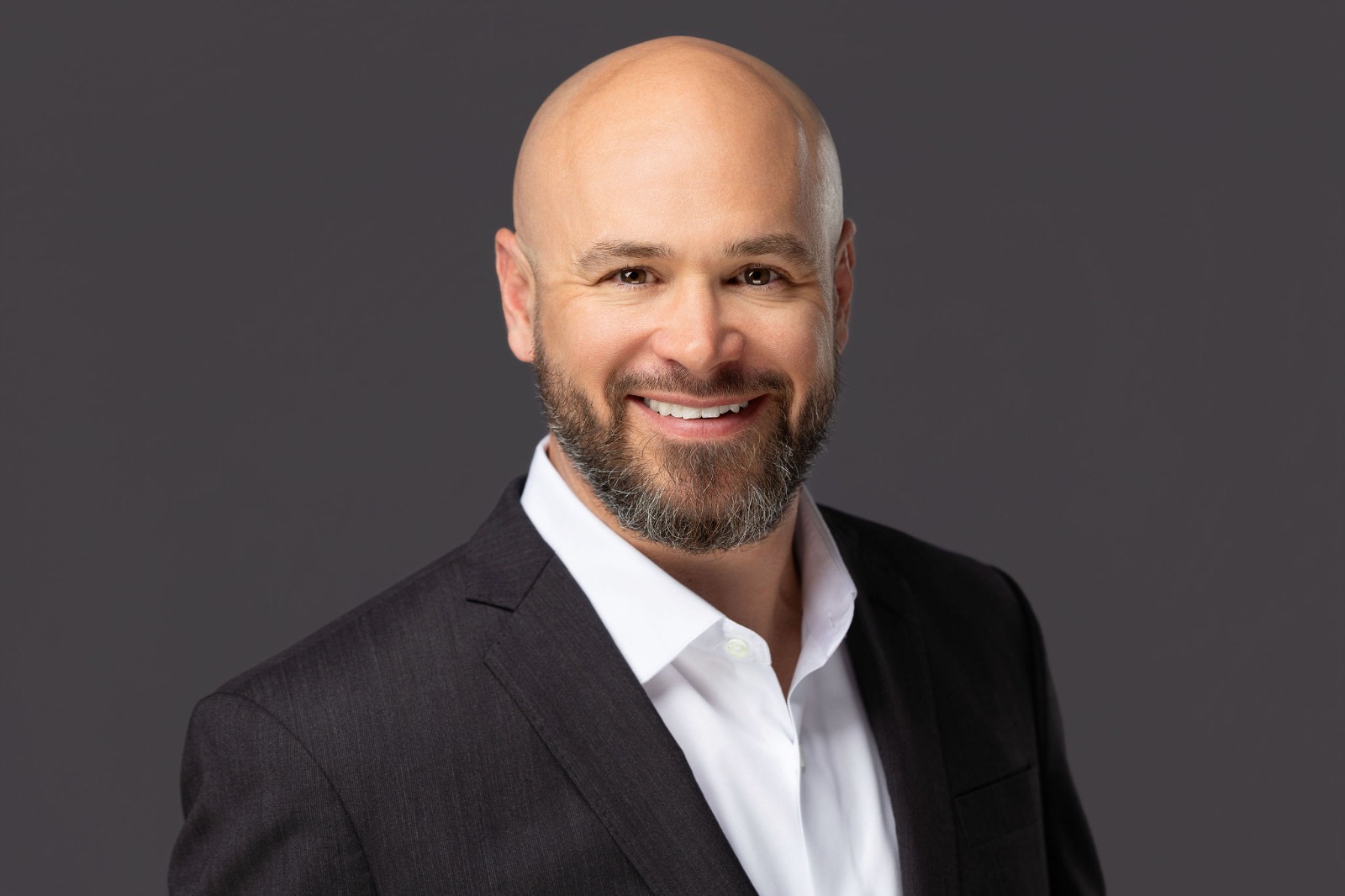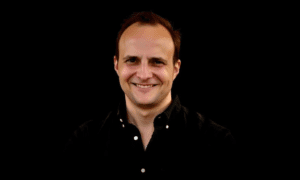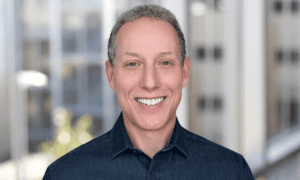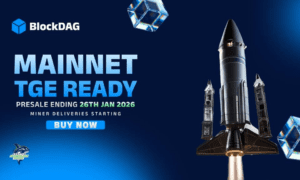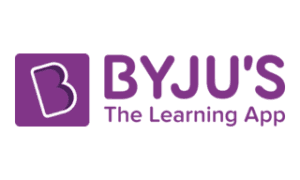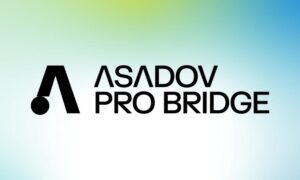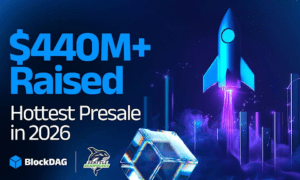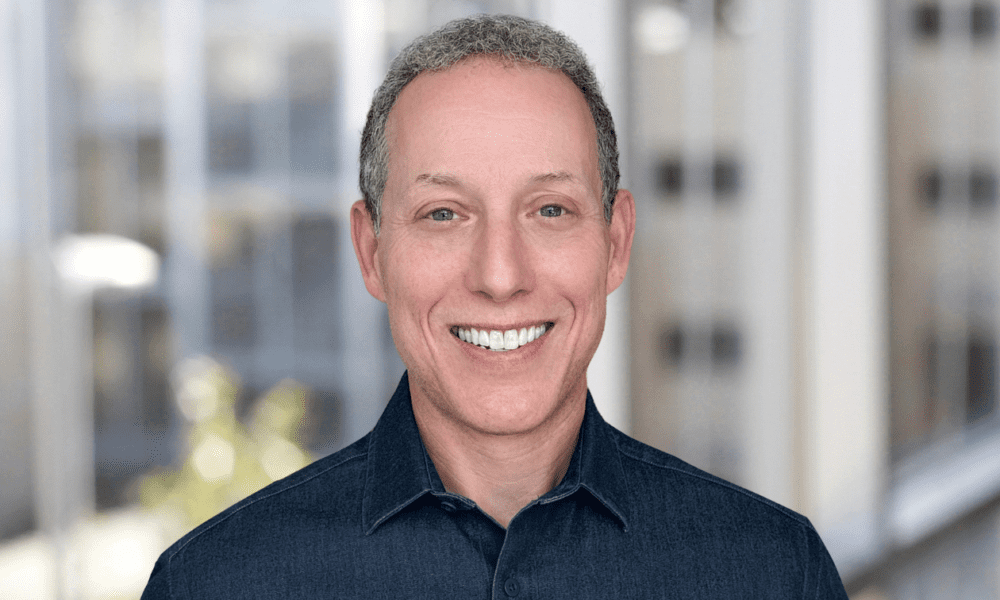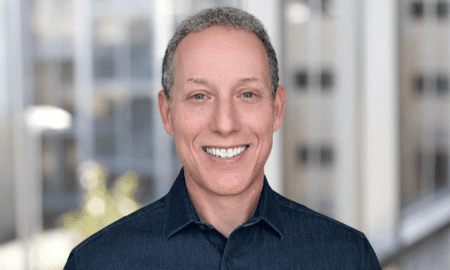With leadership experience spanning infrastructure roles at Facebook and Snapchat to executive tenure at Docker during the formative years of enterprise AI adoption, Todd Gregory Smith brings a deeply informed perspective to how technology is reshaping workforce dynamics. Now serving as CEO of TAHO, a company that enables faster, affordable real-time AI workloads across distributed architectures, Smith is helping redefine how lean, agile organizations outperform larger incumbents by embedding AI at the core of operations.
Building the Foundation for AI-Augmented Teams
“At Docker, nobody knew what to do with AI at first. “Like most companies in 2022 and 2023, we were in uncharted territory,” Smith recalls. “We were among the early adopters of OpenAI’s enterprise tools, and we struggled with how to select, integrate, and scale AI technologies effectively.” Those early fumbles and learnings continue to guide his approach at TAHO, where AI is a core part of the team structure. TAHO, with just nine employees, operates with the output of what Smith estimates would typically require a 30-person team. “It’s not just about doing more with less. That’s a glass-half-empty way to look at it. It’s about recalibrating what each person can accomplish when paired with the right AI tooling.”
Three Layers of Intelligent Augmentation
Smith outlines three major vectors where AI has become foundational at TAHO: engineering, marketing, and business strategy.
In engineering, AI assists with code completion, bug detection, and documentation generation, dramatically accelerating the onboarding of new developers and reducing repetitive tasks. “We want engineers spending more time in research and development, not fighting syntax or rebuilding the wheel,” he says.
Marketing benefits just as much. With a one-person plus a founder team, TAHO uses AI to produce scalable copywriting, execute market research, and plan social campaigns. “It lets us operate as though we have a full marketing department,” Smith says. At the executive level, Smith and his Co-founders leverage AI for scenario planning, customer engagement strategies, and competitive analysis. “The research tasks alone would be overwhelming without it. AI helps us move faster—and that’s the hidden value many miss. AI is not just a tasker, it’s an accelerant for decision making.”
From 500 to 50: Rethinking Organizational Scale
The rise of AI tooling is forcing a hard reset on what constitutes an optimal team size. “The new tech company is AI-first,” Smith explains. “Where you used to need 500 people, you might now need just 50 to 120 if you’re integrating the right tools intelligently.” This shift is already visible in companies like Cursor by Anysphere, which Smith holds up as a model. “They were able to generate nine-figure revenue with two dozen employees,” he says. “That kind of output from such a small team was unthinkable just a few years ago.”
Large enterprises, too, are adjusting, albeit in varying ways. Smith sees a divide between fast-moving organizations trimming headcounts and investing in tailored AI, versus legacy firms attempting to adopt monolithic, one-size-fits-all platforms that fail to serve individual team needs. “Limiting AI options, for the sake of compliance and security, ironically leads to non-compliant behavior as employees turn to unapproved tools that actually get the job done. If you don’t give people the tools they need, they’ll find them elsewhere and you won’t know about it until there’s a major security event.”
Creating the Conditions for Smart Scaling
To Smith, the key to successful AI integration lies in culture, not just tooling. “You need to build constraints on headcount, but open up space for experimentation. Encourage your people to explore, discover, and bring tools back to the team,” he advises. This dual strategy, tightening hiring while expanding technical exploration, forces teams to find creative solutions. “It can’t just be ‘do more with less.’ It has to be: ‘let’s do more with new tools, and I trust you to find what works best.’ That’s where real innovation comes from.” Compliance should enable adoption, not paralyze it. His team rapidly prototypes tools using safe, non-sensitive data, collaborates with vendors for integrations, and implements security measures only after validating performance. We don’t buy shelfware. We try things quickly, fail fast, learn faster, adopt what works, and chuck the rest. It’s old school Silicon Valley practices, and it still works.”
Planning for the Future: Budgeting for Intelligent Growth
Looking ahead, Smith argues that finance departments need to rethink traditional software-to-headcount ratios. “If you’re reducing staff in favor of AI, you must get comfortable with higher software expenditures. Clinging to old ratios is a path to irrelevance.” He encourages companies to treat R&D as a search, not a guarantee. “You’ll spend on tools that don’t pan out, and that’s okay. The point is to uncover what will transform your team’s capabilities.” Moreover, with the velocity of AI product development accelerating, what looks like a limited tool today might be mission-critical by the next quarter. “As my co-founder Justin often reminds me: skate to where the puck is going,” Smith says. “AI is evolving too fast for static thinking.”
To connect with Todd Gregory Smith, visit his LinkedIn.

